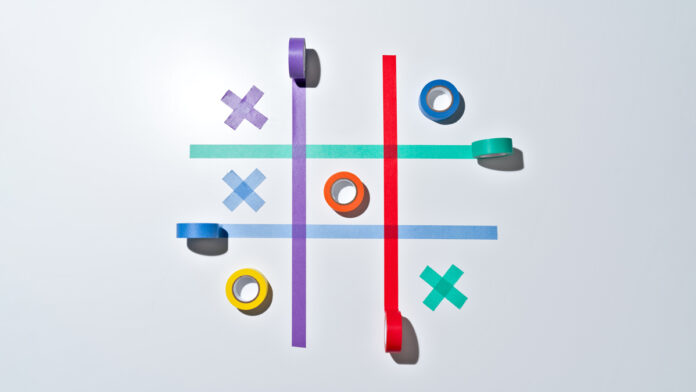Article Excerpt
Gamification takes the essence of games — fun, play, rules, uncertainty, and challenge — and applies it to non-game contexts. There are numerous gamification mechanics that can be drawn upon: goals relating what needs to be done, points that track progress, feedback on how actions have affected progress, badges signaling accomplishments, and leaderboards revealing relative standing versus competitors.
Gamification can enhance engagement because its mechanics activate three core elements of our motivational system. First, we need to feel autonomous; the desire to direct our own life. Games allow us the ability to choose a path. Second, we need to feel competent; the desire to be demonstrably effective. Games allow us to experience progress towards mastery. Third, we need to feel relatedness; the desire to be connected with others. Games allow us to work with and against others and builds a community around a shared interest.
Managers looking to engage employees and drive performance should seriously consider incorporating probabilistic rewards within a performance-related pay incentive program. To avoid the disaster at United Airlines and more closely mimic the success at Southwest Airlines, the program must be carefully designed to manage expectations and avoid violating trust. We recommend the following guidelines to consider when designing and implementing your own gamification strategy:
First, a probabilistic reward program that cannot accurately measure employee performance is doomed to fail. The program is most appropriate when employee output is independent, easy to divide into sub-goals, and both cheap and easy to measure objectively.
Second, a probabilistic reward program that is interpreted as a loss will cause an uprising. The program should not replace an existing bonus program, particularly one that is so predicable that employees already expect it, but be entirely new or build on top of an existing program.
Third, a probabilistic reward program that is deemed unfair will ultimately backfire. The program should offer frequent, modest individual rewards and management should be transparent, even to the point of publicly exhibiting the strong connection between better performance and more rewards over the long-term.
Effectively leveraging gamification in the workplace, potentially by incorporating a well-designed probabilistic reward program, can boost employee engagement. This approach, which provides autonomy, facilitates competence, and fosters community, addresses the critical need for more dynamic and inclusive engagement strategies in modern management.

Relevance
This article talks about the effectiveness of gamification in the workplace, however it provides many great points for using gamification to boost motivation and enjoyment in an activity. The article brings up that gamification activates three elements of our motivational systems. These being “autonomous”, “competent”, and “relatedness”. When they say “autonomous”, the author is essentially to give the user the ability to make their own decisions. If they can only do exactly what the program wants them to do, there will be no enjoyment or motivation that comes out of it. The second is “competent”, the main point of this is that the user should feel able to complete the tasks they are doing. It should start off at a point where they are able to complete these tasks, and ramp up to more difficulty to increase motivation and output. The last aspect “relatedness”, talks about being able to build a community from this shared experience.
In the world of healthcare, gamification could be a very effective method of increasing motivation for care. If a system is to play off of the different aspects mentioned in this article, it could be very effective in promoting medication adherence and motivation for keeping up with care.
Sources
Camilleri, A. R., & Neelim, A. (2024, March 28). How gamification can boost employee engagement. Harvard Business Review. https://hbr.org/2024/03/how-gamification-can-boost-employee-engagement
Turner, Z. (2023, April 5). What is gamification? how can it be applied in education?. #1 Best Online School in PA ~ K-12 Public Cyber Charter School. https://www.palcs.org/what-is-gamification/




